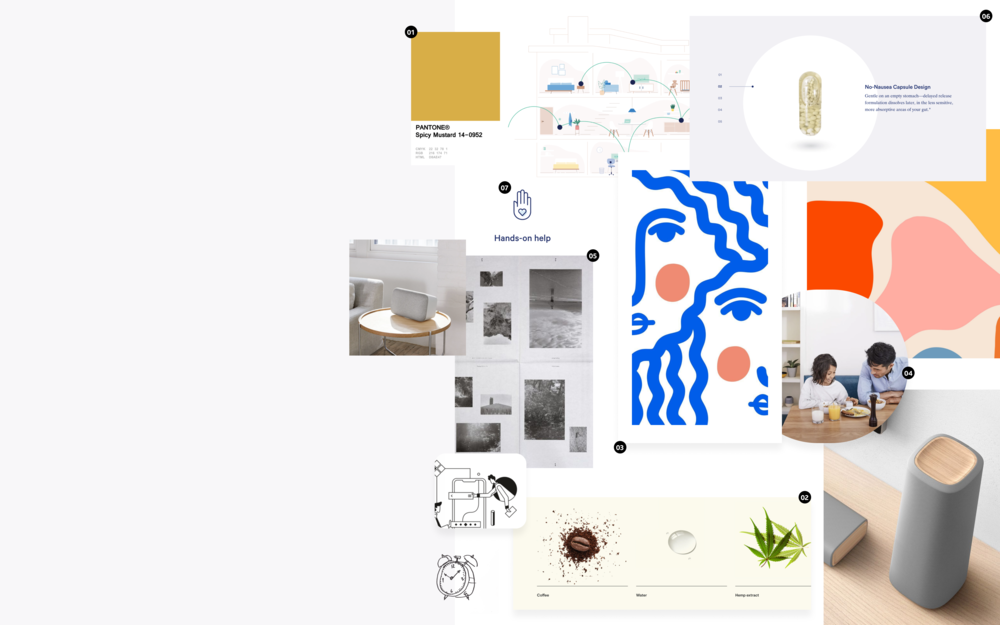
Support Hub
Help fix their internet—on the internet.
Problem
AT&T makes it hard for customers to help themselves. While AT&T has the content and features customers need, these are not well distributed or integrated — solutions differ greatly across dotcom, call centers, mobile apps, and technician tools. Customers do not know and shouldn’t be expected to know where to go in order to find the right content or tools.
Vision
Shift customers to a digital-first mindset by empowering them to self-serve through intuitive and accessible support resources.
Objective:
Increase Adoption and usage of digital channel
Decrease the churn and call rate of customers
Reduce unnecessary truck rolls
Acquire new broadband customers
Connect everything for the customer
We needed to tackle the current state and understand the contributing factors that lead to a poor support experience.
Reasons why customers give up on self-help :
Sign-in issues
Info isn’t consistent or specific to the customer
Too much content to sift through
Apps are a barrier to entry. While Smart Home Manager provides a superior support experience for broadband, few customers have it or want to download it when in the middle of a frustrating support experience.
Digital-first services are those that make you feel that you can complete your goal online.
They need to:
Invite customers in and signal that they’ll get the best experience online
Use one, honest, conversational voice across channels.
Build momentum in every interaction, so customers continue to use digital means.



We settled on digital-first design principles, which drove our design decisions throughout the Support Hub program.
01
Help me understand my problem
Invite me to ask the right questions using my language
02
Direct me to the right resource
Hold my hand, guide me, and make me feel validated
03
Provide me with the tools to optimize my service
Give me options with context, so I can understand [how each tool worlds] and make informed decisions
04
Give me other means of support when I can’t troubleshoot myself
Reassure me that I’m not alone
29
Total Participants
3
Rounds of Testing
7
Mobile Participants
22
Desktop Participants
We set out to visually create intelligent, personalized, and seamless support experiences that encouraged customers to self-help first.
Support Hub’s design Language:
we extended the type ramp to fit product efforts
we stayed within a restrained color palette as a way to calm and reassure users when they’re using products to get things done
We selected an active blue on the AT&T Cobalt spectrum to guide customers through the flow
We used illustrations to abstract complex ideas, and to celebrate those “you did it” moments
We used simple line iconography to help customers navigate the interface
we created specialized components to visualize data and empower customers to self-help
Our proof of concept.
Slow Internet and Slow Wi-Fi are the most common service-related issues customers attempt to troubleshoot, the nuances between the two are often misunderstood and poorly disambiguated.
The PoC served as a test bed for integrating the “best-of” organizational content and tools to resolve customer issues on the first contact.
This included:
Internet support landing page
Check for outage
Troubleshoot Slow Wi-Fi






